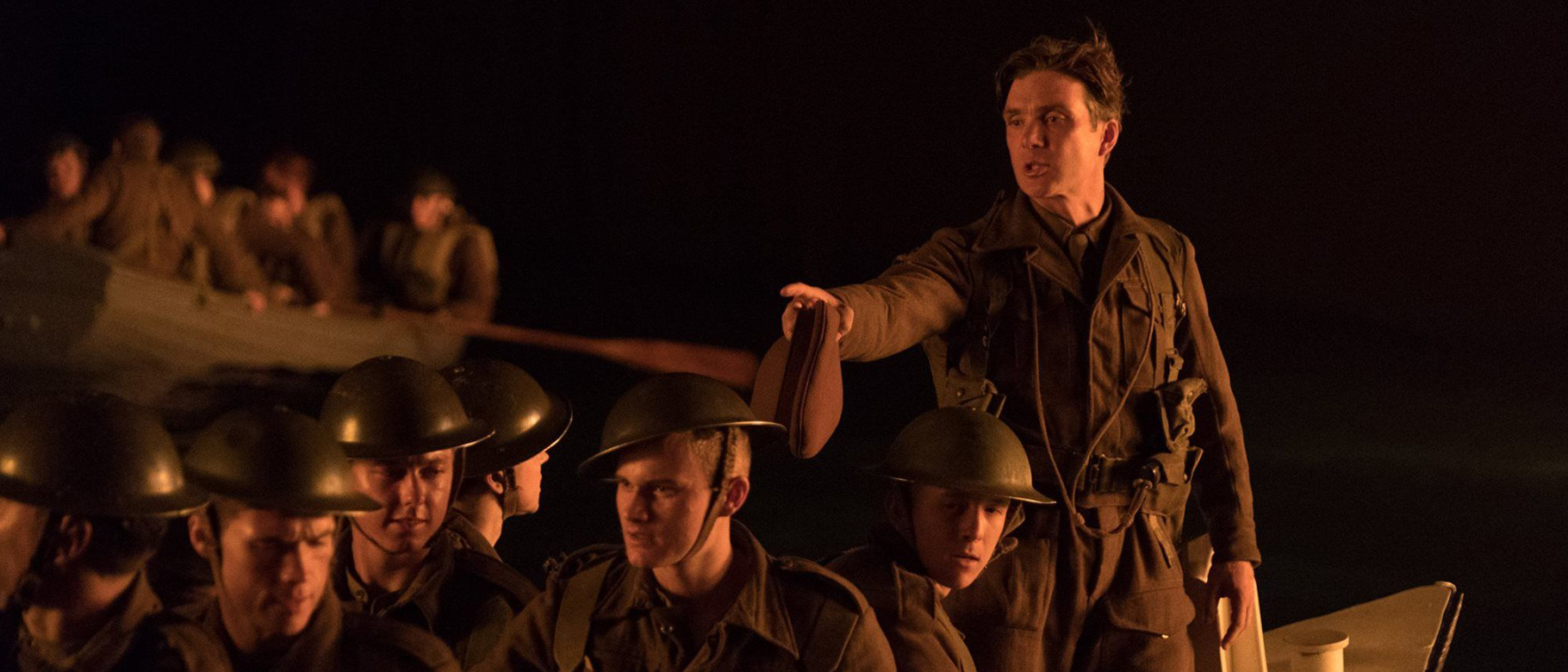

It’s hard to overstate the impact of the military on mainstream men’s clothing. Pick the most worn item in your wardrobe and chances are it has its roots in the military. The peacoat, Breton stripe T-shirt, bomber jacket, chinos, field jackets, work boots, and the parka were all created by military boffins with the sole aim to provide functional clothing for troops out in the field. And therein so often lies the appeal of good clothes: functionality.
Today, the ubiquity of these garments in mainstream fashion means we often forget their roots, that is, until a suitable war epic comes out on the big screen, which allows us to see the clothes worn as originally intended. One of the most successful, and stylish war movies of recent memory is Christopher Nolan’s Dunkirk. Set during the evacuation of the Dunkirk coastline during 1940, Nolan’s Oscar-winning drama features plenty of intense gunfire, fights on the beach and the occasional dogfight, but it’s the clothes that really caught our attention. One humble garment that still sees plenty of action today is the cream Submariner rollneck, as worn by Sir Kenneth Branagh’s character, Commander Bolton.
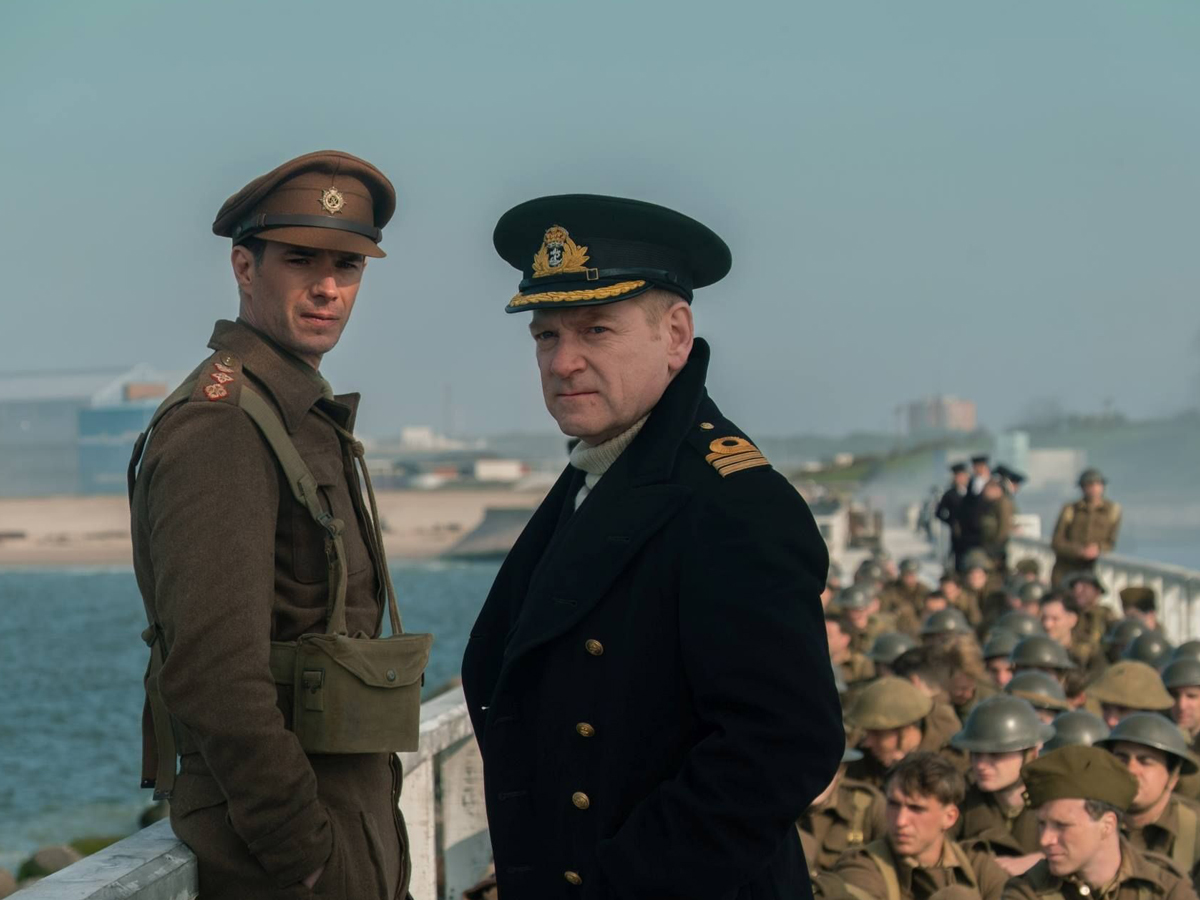
Although it’s been around for centuries in one way or another, the rollneck found its calling in the navy, when it was widely issued to servicemen during WWII. Made from three-fold pure British lambswool, with a long hem for extra insulation and of course, a rollable neck, it’s a garment designed solely for warmth. The fact that it looks effortlessly cool worn alone or beneath a blazer is just a by-product of its design.
Not that knitwear is the only clothing that’s noteworthy in Dunkirk. The shirts seen throughout also demonstrate military dress’s impact on day-to-day fashion. The movie is littered with half-placket grandad collar shirts; design features that many brands draw on today in their casual shirting. A grandad collar is known for its relaxed elegance; today, we think of it as an easy, informal alternative to a shirt with a spread collar, perfect beneath a soft-tailored blazer when you don’t want to try too hard. It’s the same story with half-placket or ‘popover’ shirts, which have made a big come-back over the last few summer seasons; seen as a modern alternative to a button-through. Little do many designers realise that while grandad collars and popovers are closely associated with creative dressers today, their origins lie firmly in the military.
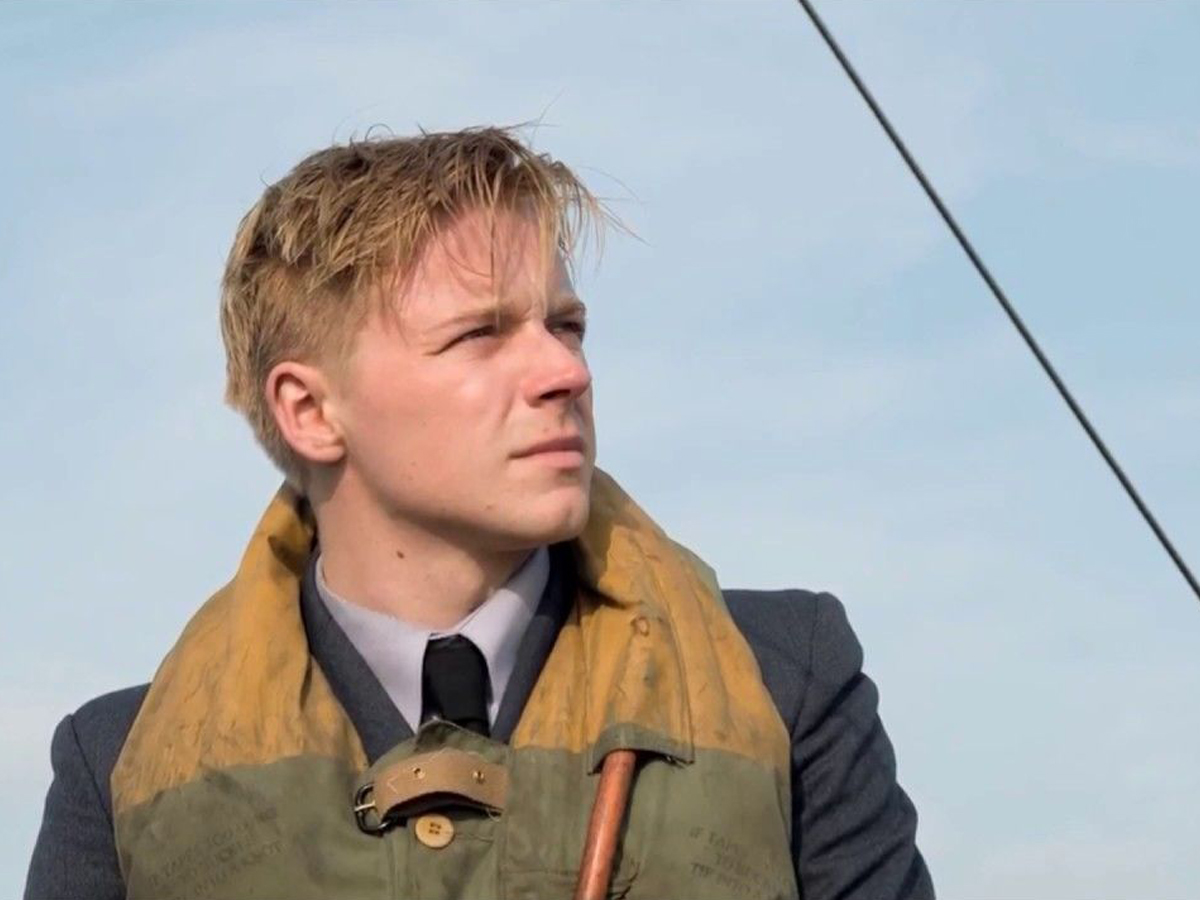
In Dunkirk, these standard issue military shirts are worn under cropped blousons, paired with high-rise combat trousers and Derby boots, all in olive drab, of course – a colour that’s a menswear staple today – doubtless you have something in drab in your own wardrobe? And if you don’t, you can thank the military for the pockets littering the field jackets, bombers and overcoats in your wardrobe, instead.
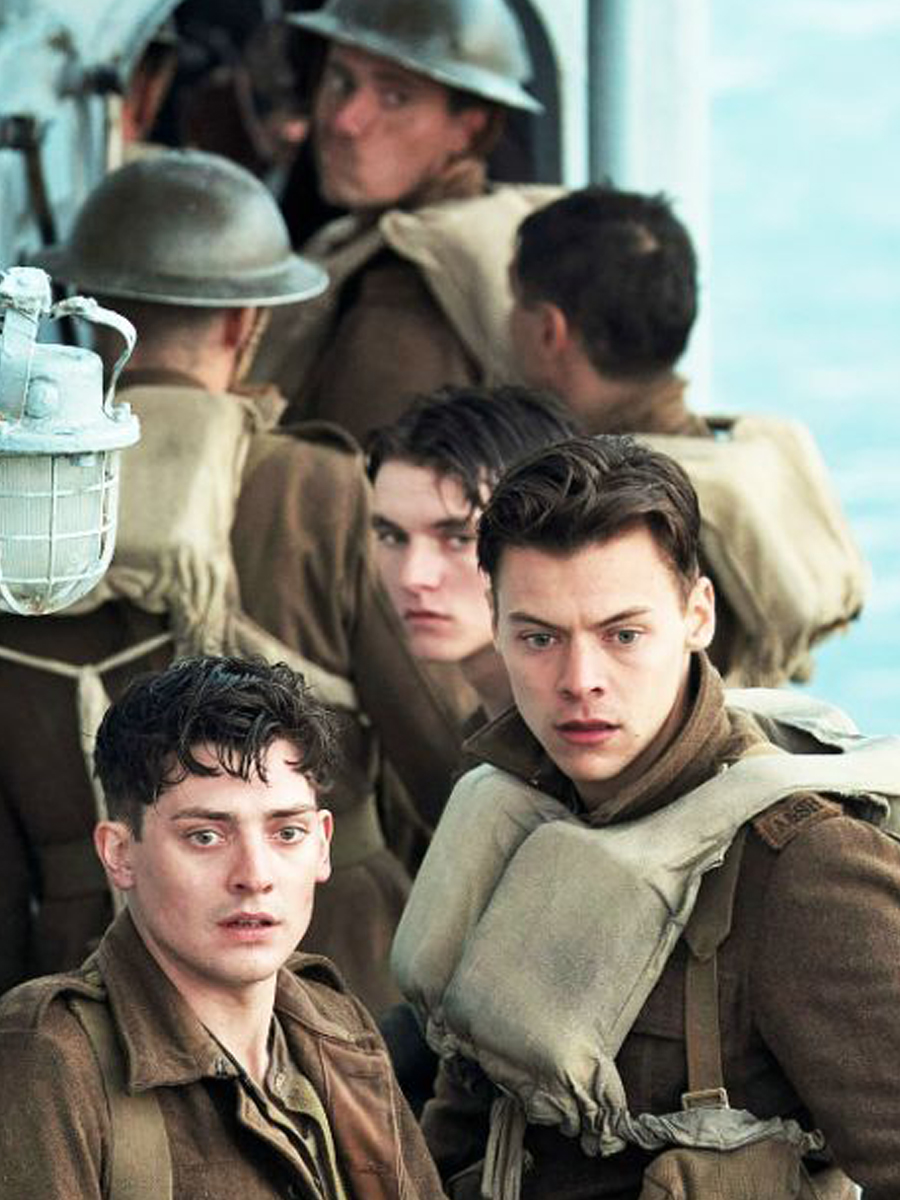
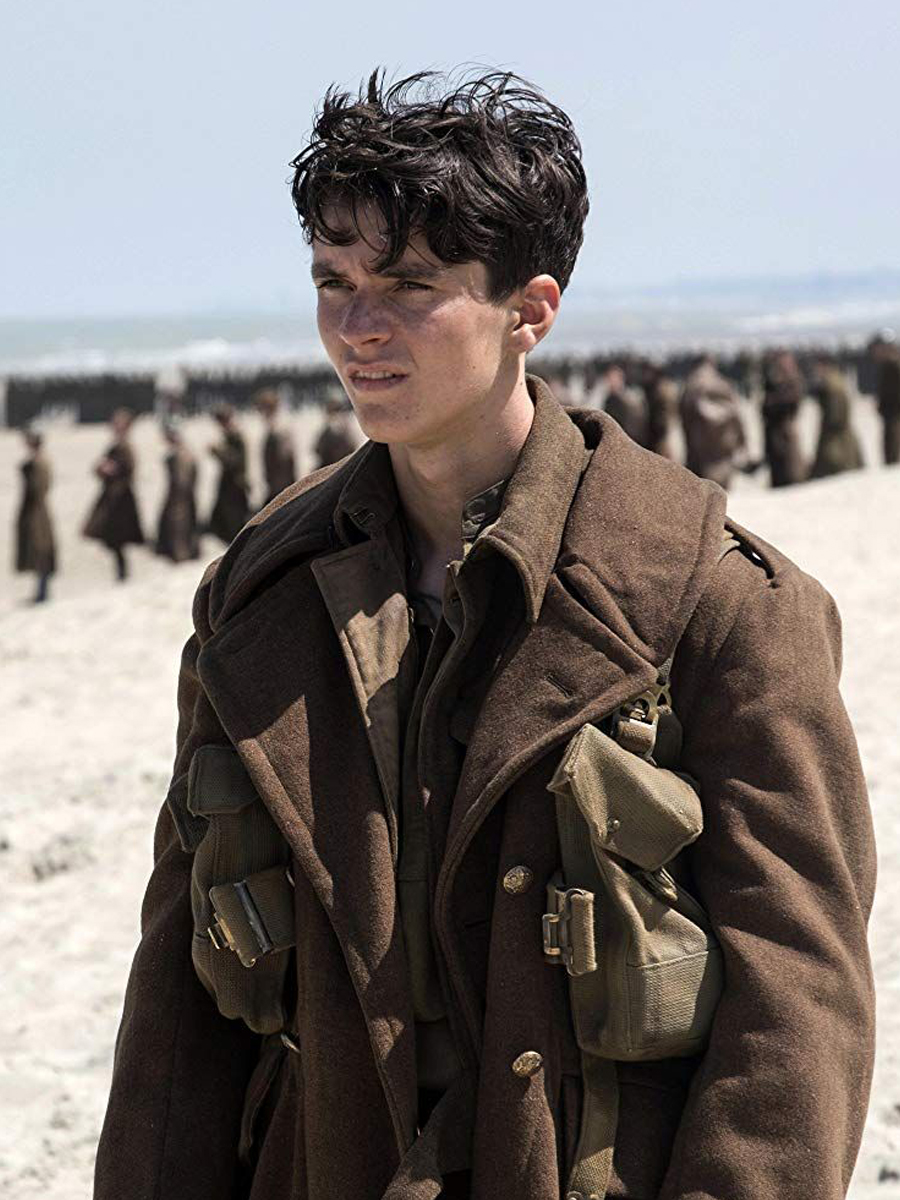
The blousons worn by the army privates in Dunkirk often feature bellows pockets – expandable pleated pockets designed to carry wartime necessities – rations, notebooks, ammunition or the dog-tags of fallen allies. Today, this handy pocket design is often seen on chore coats, overshirts, safari jackets, and any other casual layering piece worth its salt. Thankfully, phones and wallets are more common cargo today than canteens or field maps.
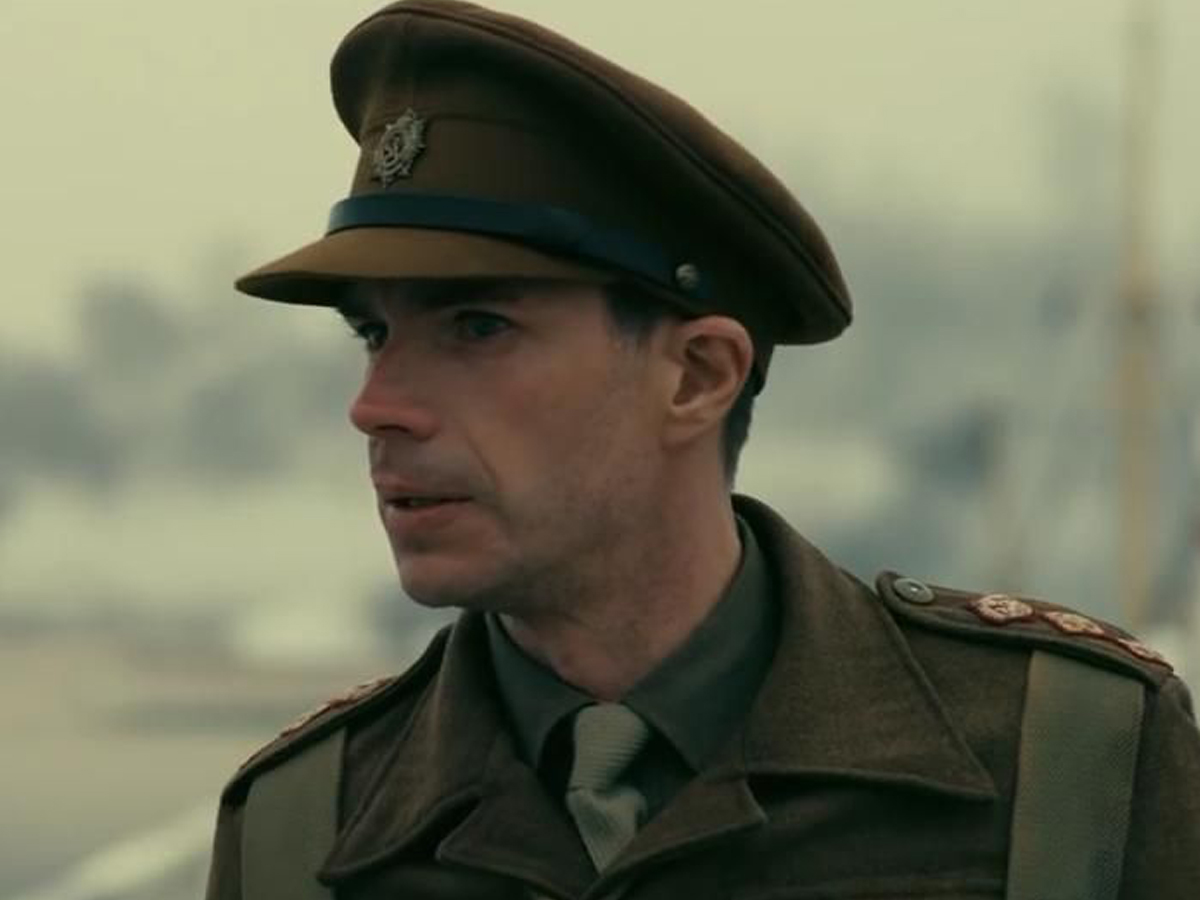
The wardrobe in Dunkirk also poses another question: why do we peaceable civilians frequently find ourselves drawn to items of clothing associated with such dark times and created over a century ago?
Of course, there’s the aforementioned functionality element at play here; many military garments are just impeccably designed and adapt easily to civilian life. Perhaps there’s a degree of residual pride and respectful ‘stiff upper lip’ in the mix too. Pride embodied by individuals like Commander Bolton – real life heroes who sacrificed so much to keep peace, without making a fuss. If a navy peacoat and submariner rollneck were good enough for him, they’re surely more than good enough for us.
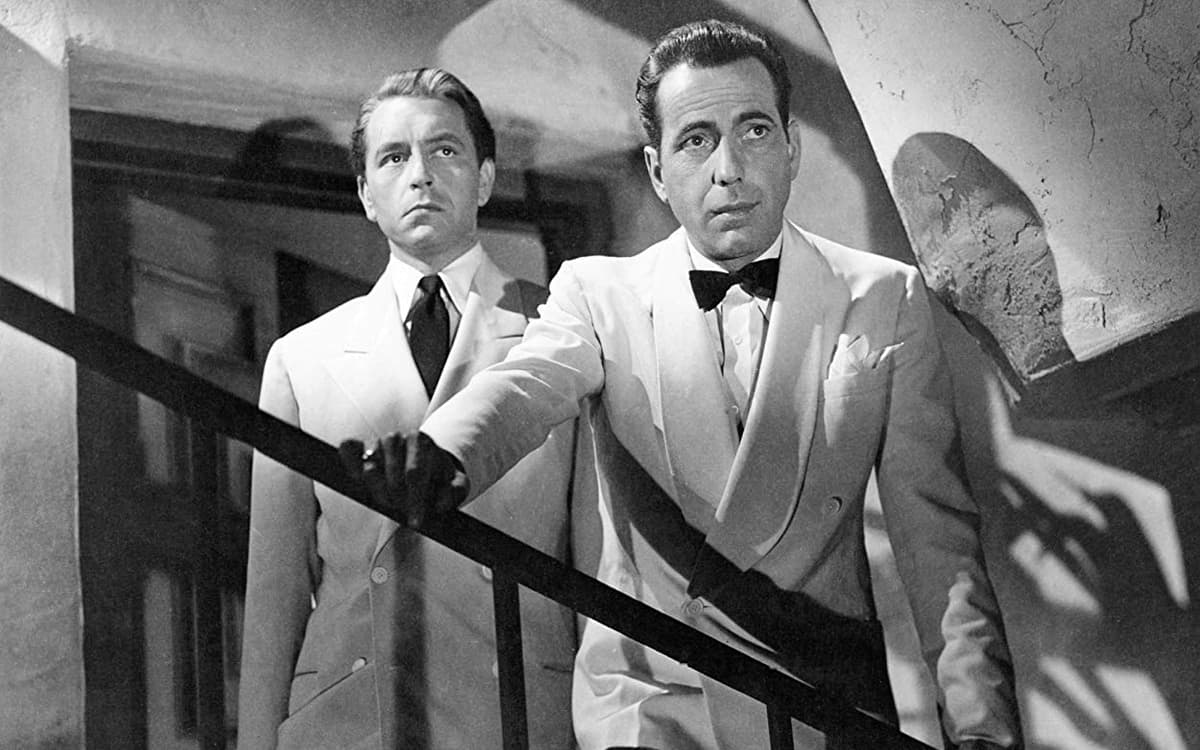
Casablanca: a lesson in ivory eveningwear
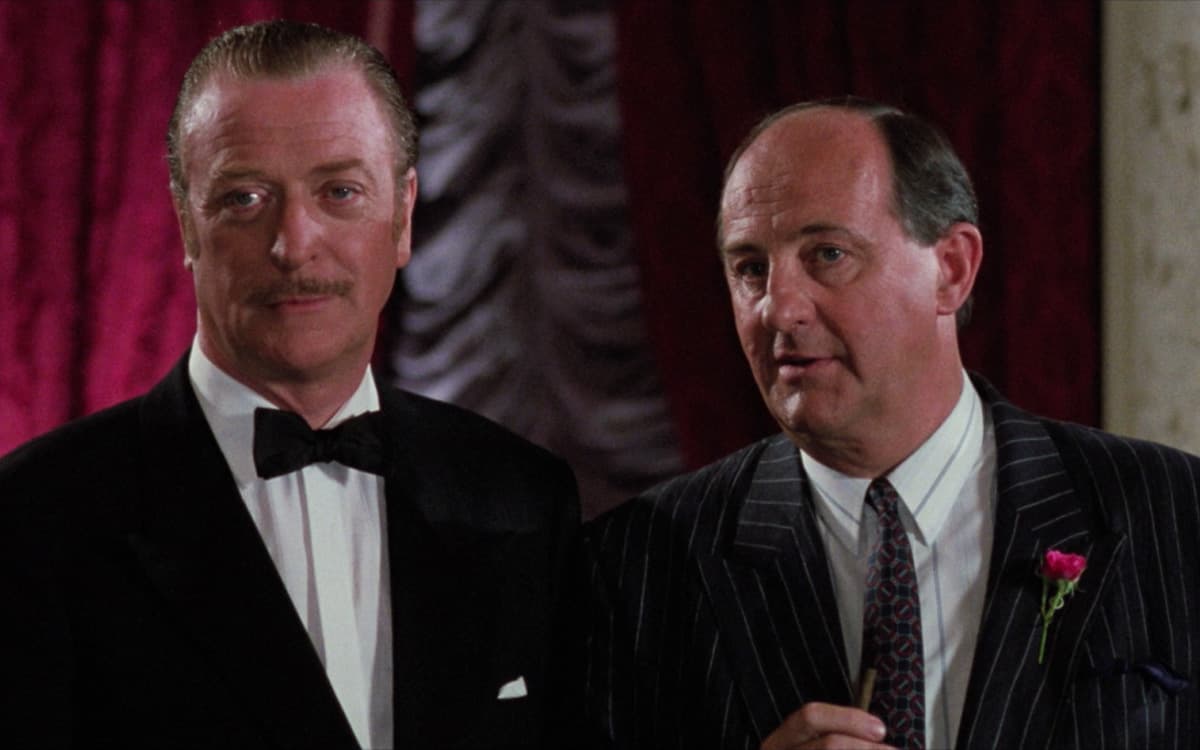
We’ll say one thing for ‘Dirty Rotten Scoundrels’ – they’re always well dressed…
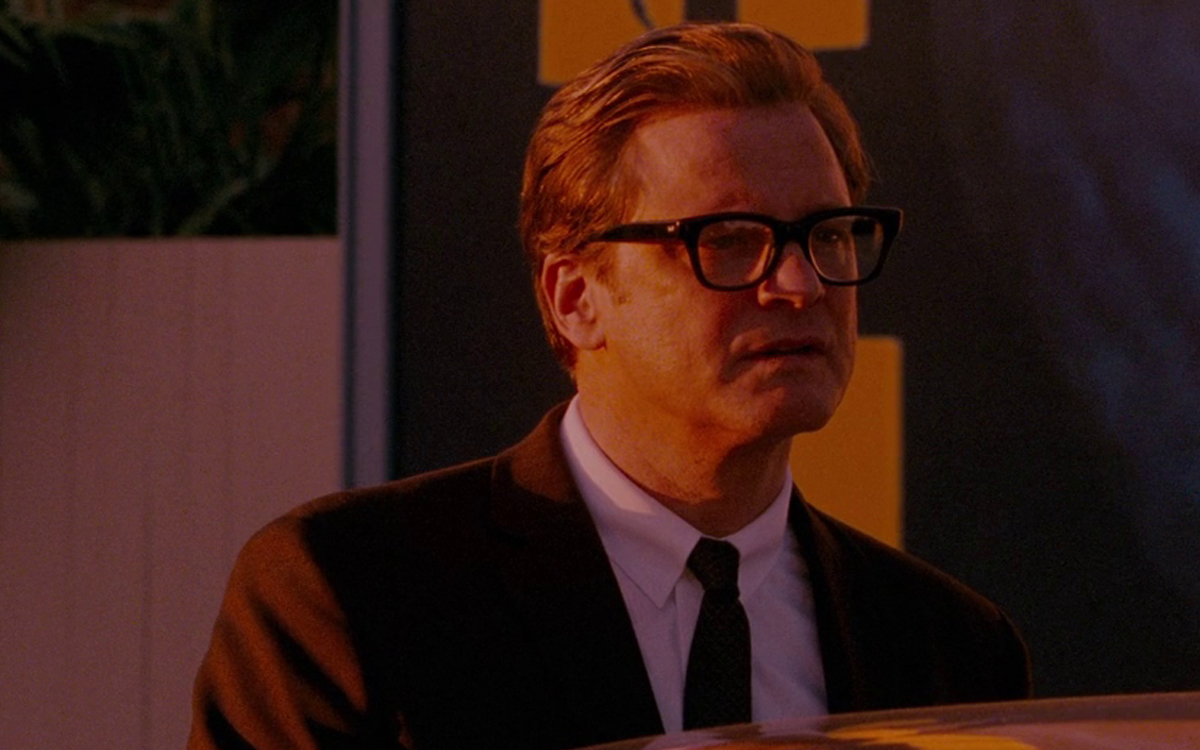
Whiter than white: the ‘60s look in ‘A Single Man’
Cotonificio Albini S.p.A. - Via Dr. Silvio Albini 1, 24021 Albino (BG) – Italy
Società con unico socio - diretta e coordinata da Albini Group S.p.A.
P.I. 01884530161 - C.F. 08743540158 - Iscritta al Registro Imprese di Bergamo - REA 244649
Capitale sociale sottoscritto e versato € 11.170.960